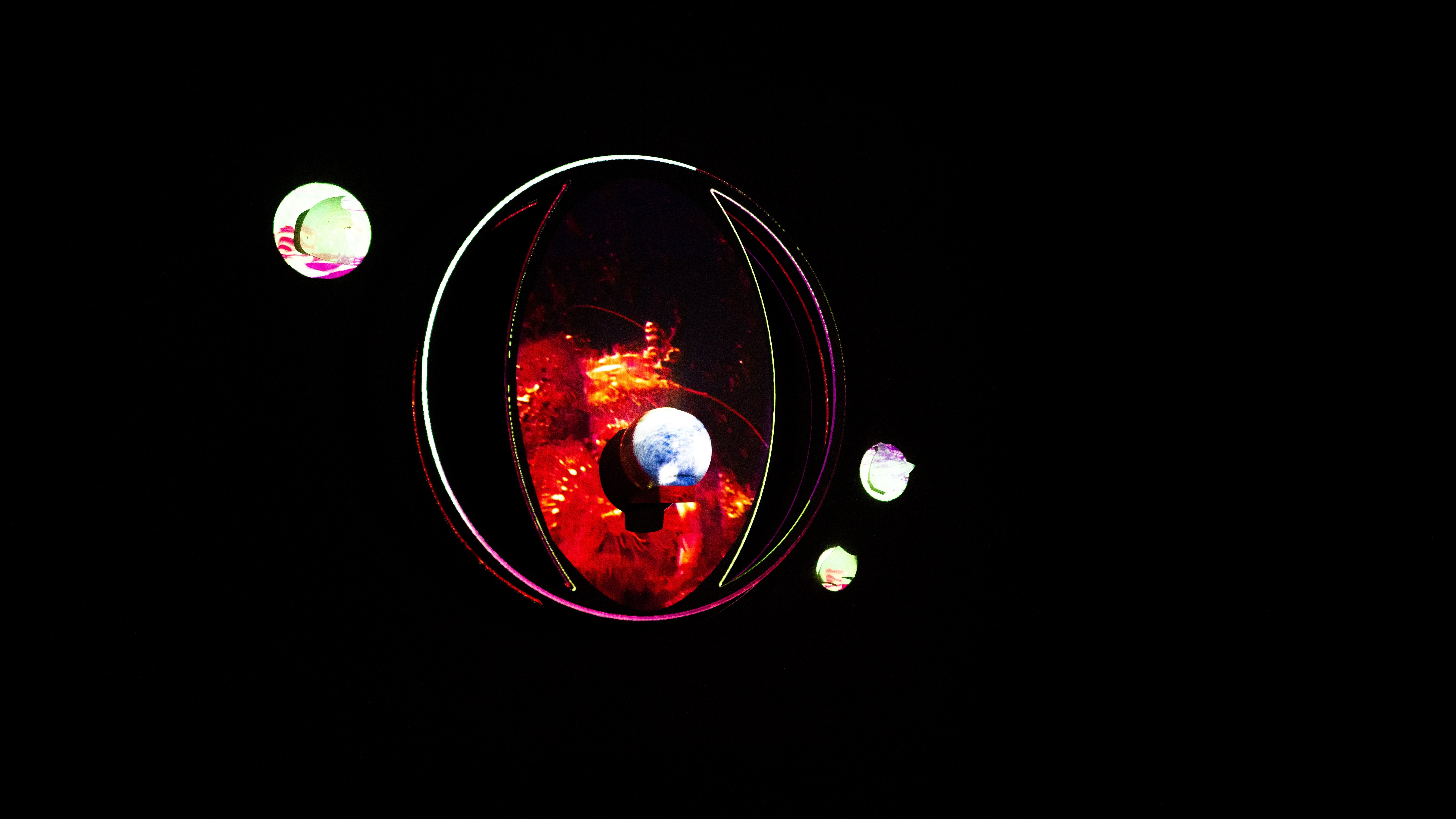
On the final day of our lab experience in Jordan, participants, C-Hub + IDare staff, and I tromped up cascading waterfalls in Wadi Mujib. It was our final experience together - a capstone in embodied research, and most memorably, a really fun field trip. Wadi Mujib is a canyon with a river flowing through it that empties out into the Dead Sea. The water is sacred, and the site has been developed into a well-run tourist operation, yet one still feels wild exploring the twists and turns of the canyon and the crystal blue-green water that flows down over red rocks.
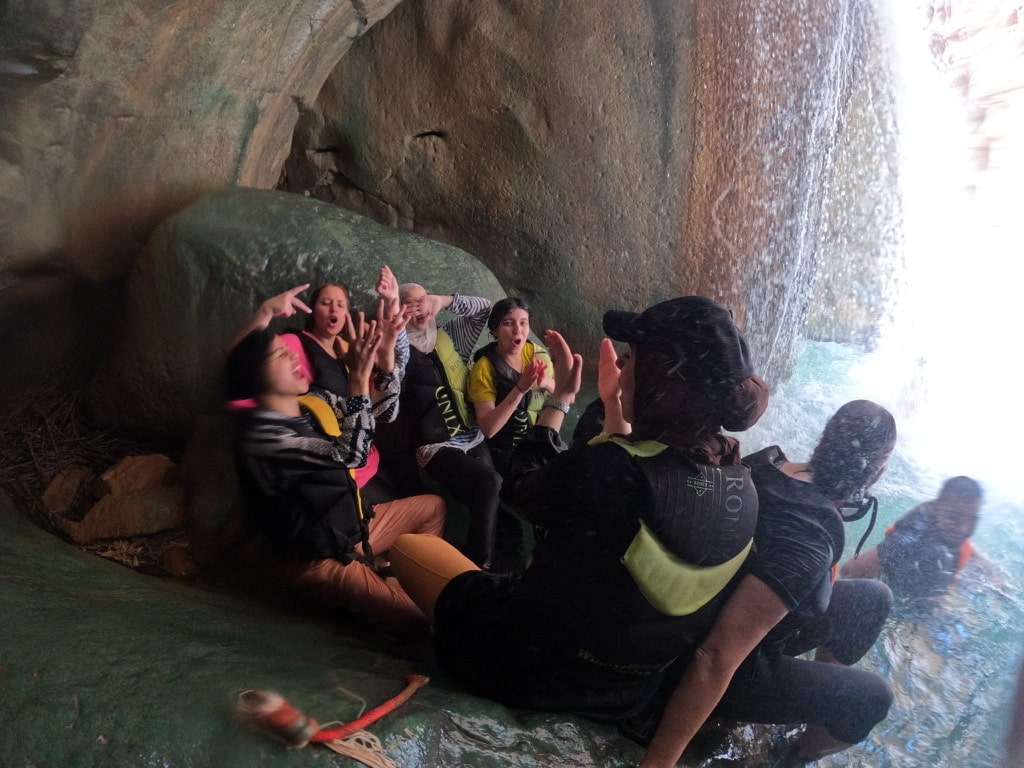
For many of the participants on our trip, it was the first time they had experienced this sort of outdoor adventure. It was my first time at Wadi Mujib as well, making it novel for us all. There are moments during the kilometers-long ascent up to the waterfall that are peaceful; you can float, belly up, gazing at the towering red rocks above you, reflections of the water shimmering like a mirage.
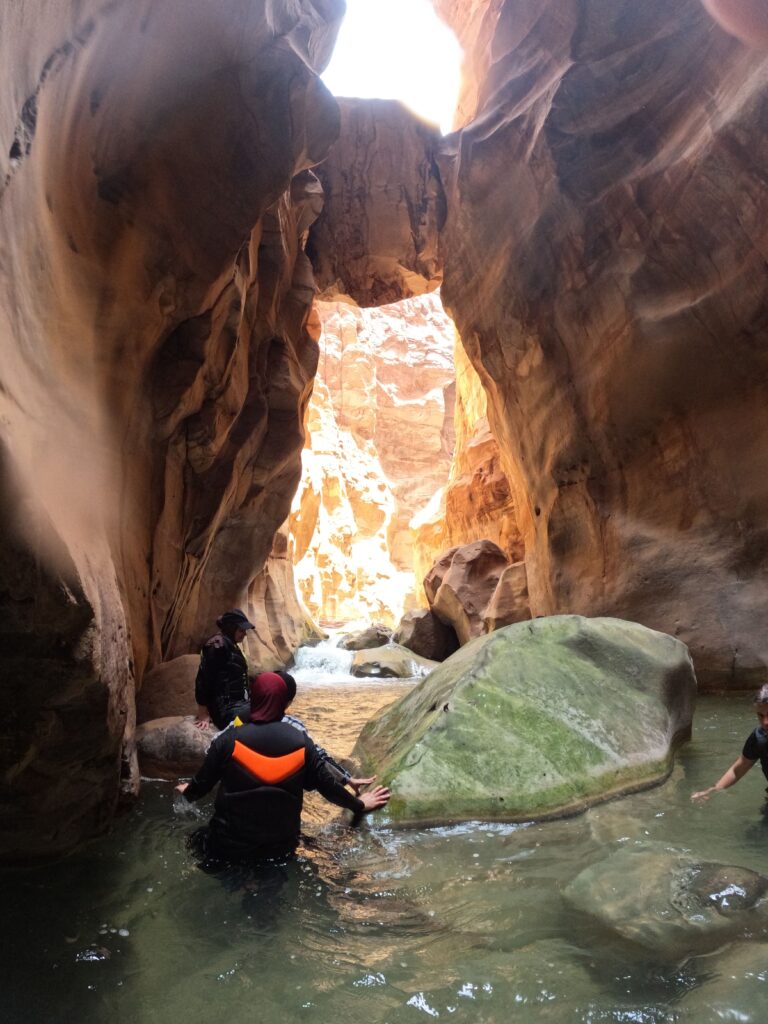
There are also moments that are treacherous; fighting your way up the crashing weight of a waterfall over slippery rocks when a strange hand appears from above, pulling you over the ledge. You climb up, exasperated. In the end, all thirteen of us made it all the way up to the waterfall and back down. It was wild, but invigorating.
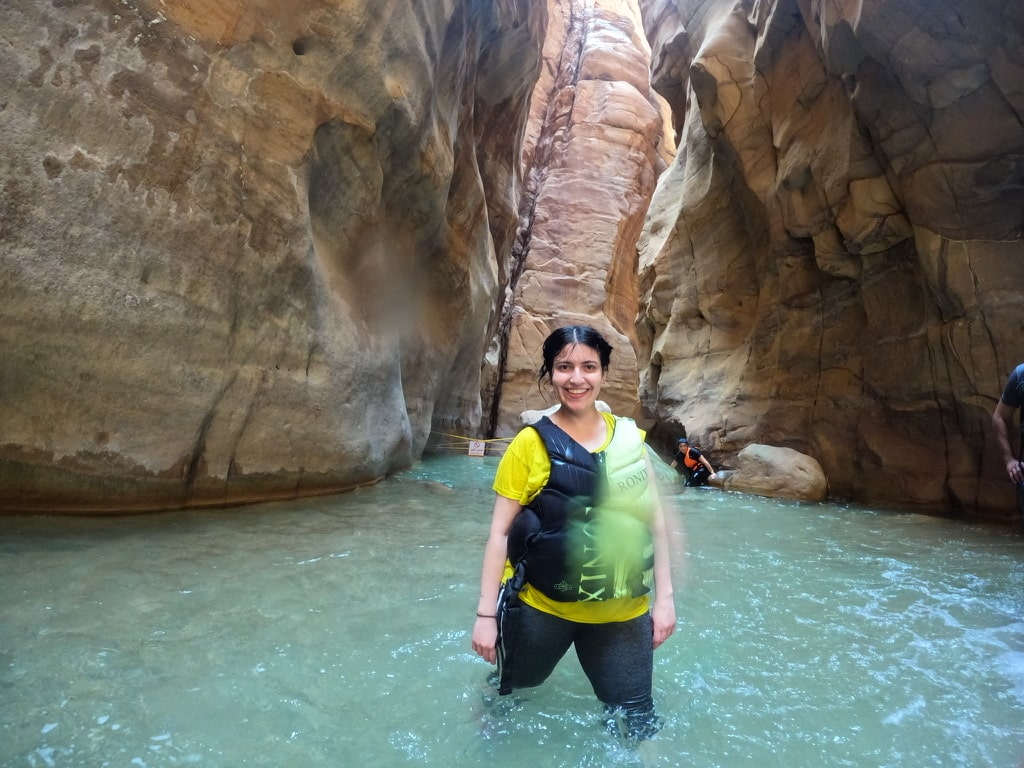
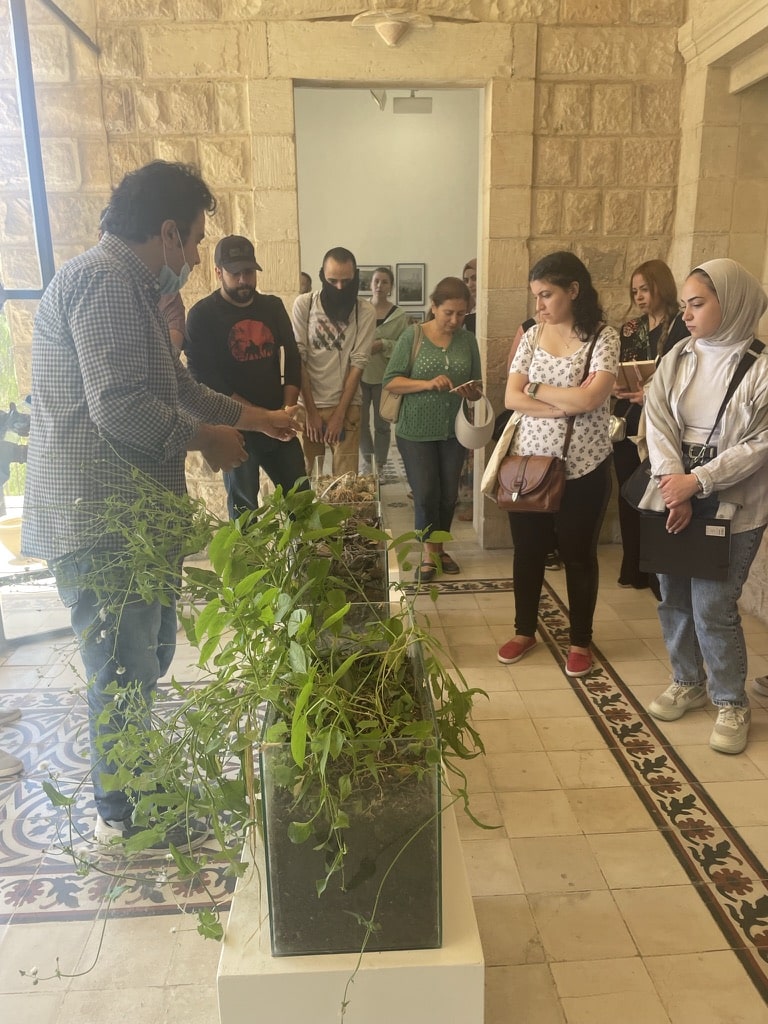
This might be a great way to describe the entire experience of Creative Impact Lab Amman: wild yet invigorating. Our workshop was full of research: we visited Darat al Funun, a contemporary art center in Amman, to see the exhibition Re-rooting. This exhibition was certainly wild, with live plant works, installations including jars of water, and tumbling orange crates.
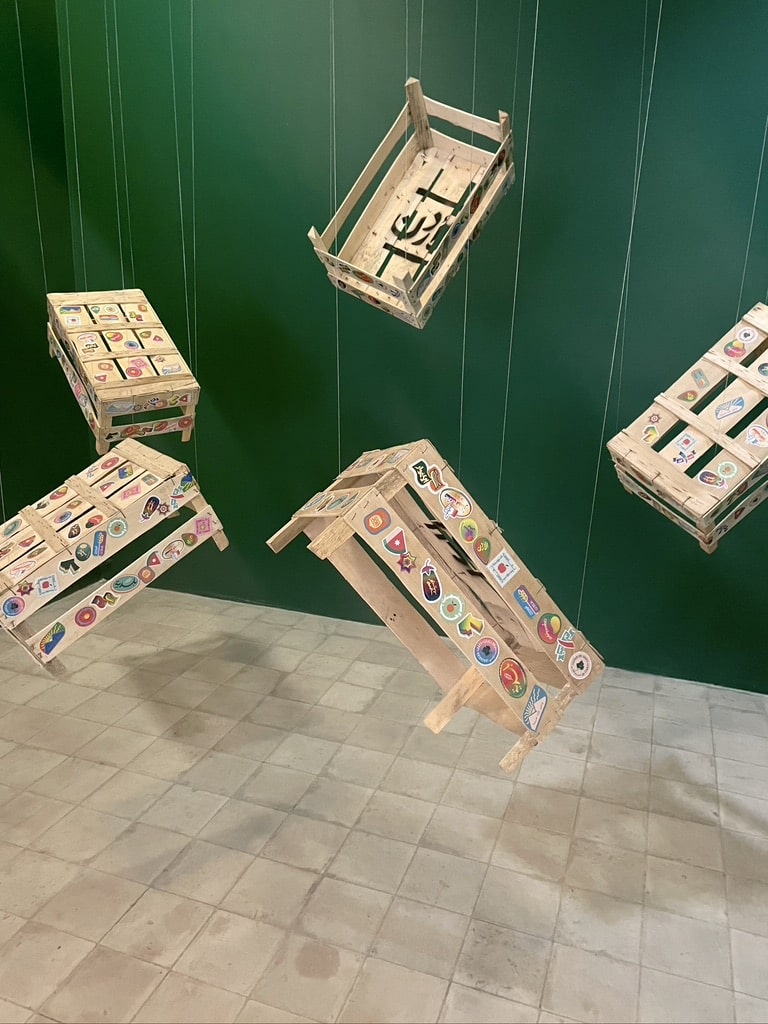
The exhibition was poignant and central to our research on water sustainability in Jordan. In Re-rooting “the constellation of works presented attempts to untangle the complex histories that make up the current crisis of economy and ecology, not only in an effort to denunciate them but also to showcase hacks, diversions, and solutions. They look at forms of self-determination and autonomy performed by local communities as a rejection of normalized exploitative and colonial models.” This exhibition became central in our thinking around the issues present in the region that relate to water sustainability: it is all rooted in the land, in autonomy over the land, and agency in one’s own future.
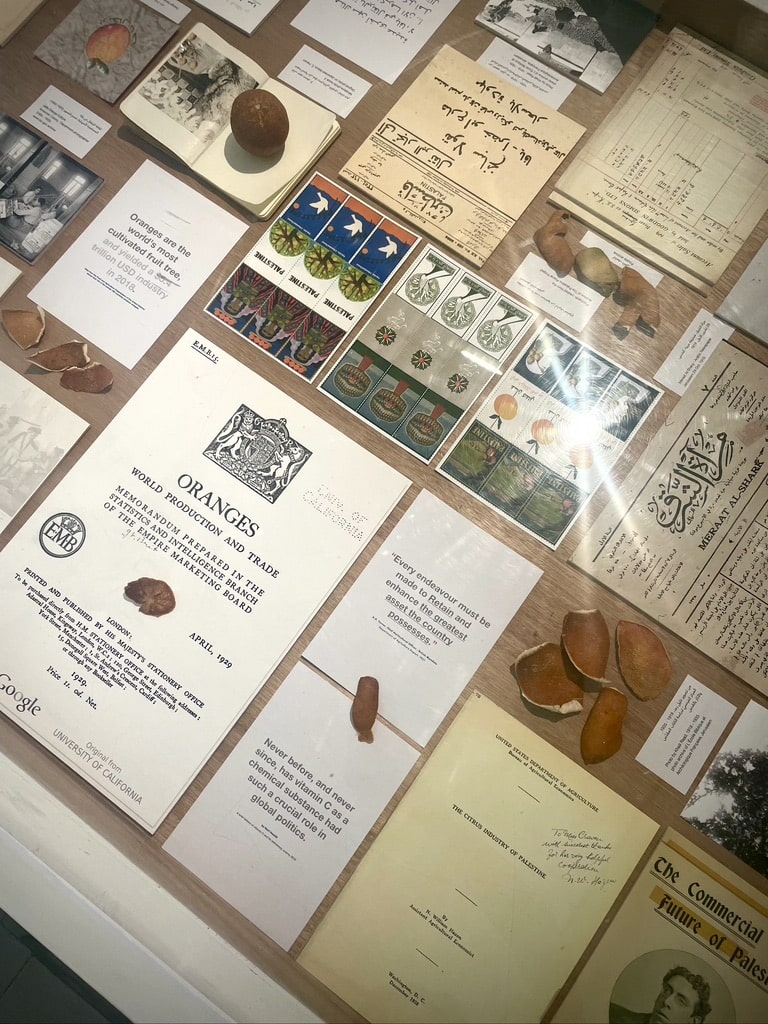
Our learnings from an activity with CEWAS Middle East were equally as inspiring for participant projects. Aline Bussman led us through a workshop on the water system in Jordan. We were able to understand the complex web of inputs and outputs, and the lens of cultural + social perspectives of water, that make sustainability so challenging. It is not neat, it is not straightforward. The aquifers that supply Jordan with water are being emptied, and unlike surface water, aquifers cannot be refilled. Leaky transportation pipes and public perceptions against recycled water all present challenges to creating more sustainable processes for water consumption in the area.
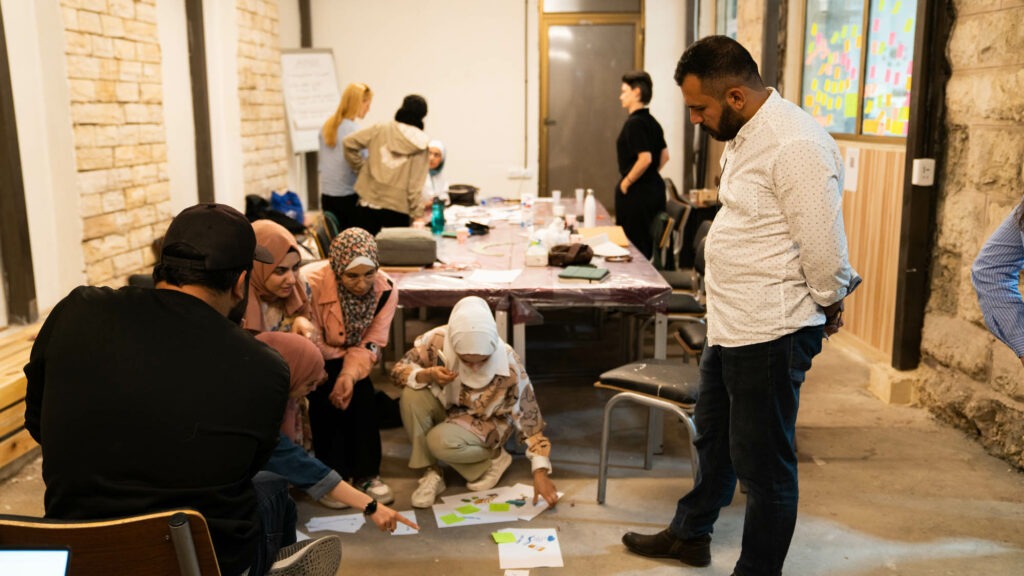
Through their projects, participants turned their inspirations into projection mapping + sculptural artworks using video, sound, and sculpture. The projects reflected metaphorically on our condition in relation to water: Nasser + Abdullah’s project ‘Love Drops’ likening the human race to a fish out of water, flopping in panic. They also ruminated on our intrinsic linkages: Seem and Sanya’s Fishbowl, and Salam and Maha’s Sea Waves Speak reflect on the ways in which humans and fish are tied in our wellbeing. Afnan’s SoS considers the relationships between the human body and health, and the environmental body and health. Some even took more direct inspiration from Re-Rooting: Hiba’s project The Orange Tree comments personally on the Palestinian struggle to reclaim the Jaffa tree production, using the symbolic orange and home-grown orange plants as a moment of personal activism.
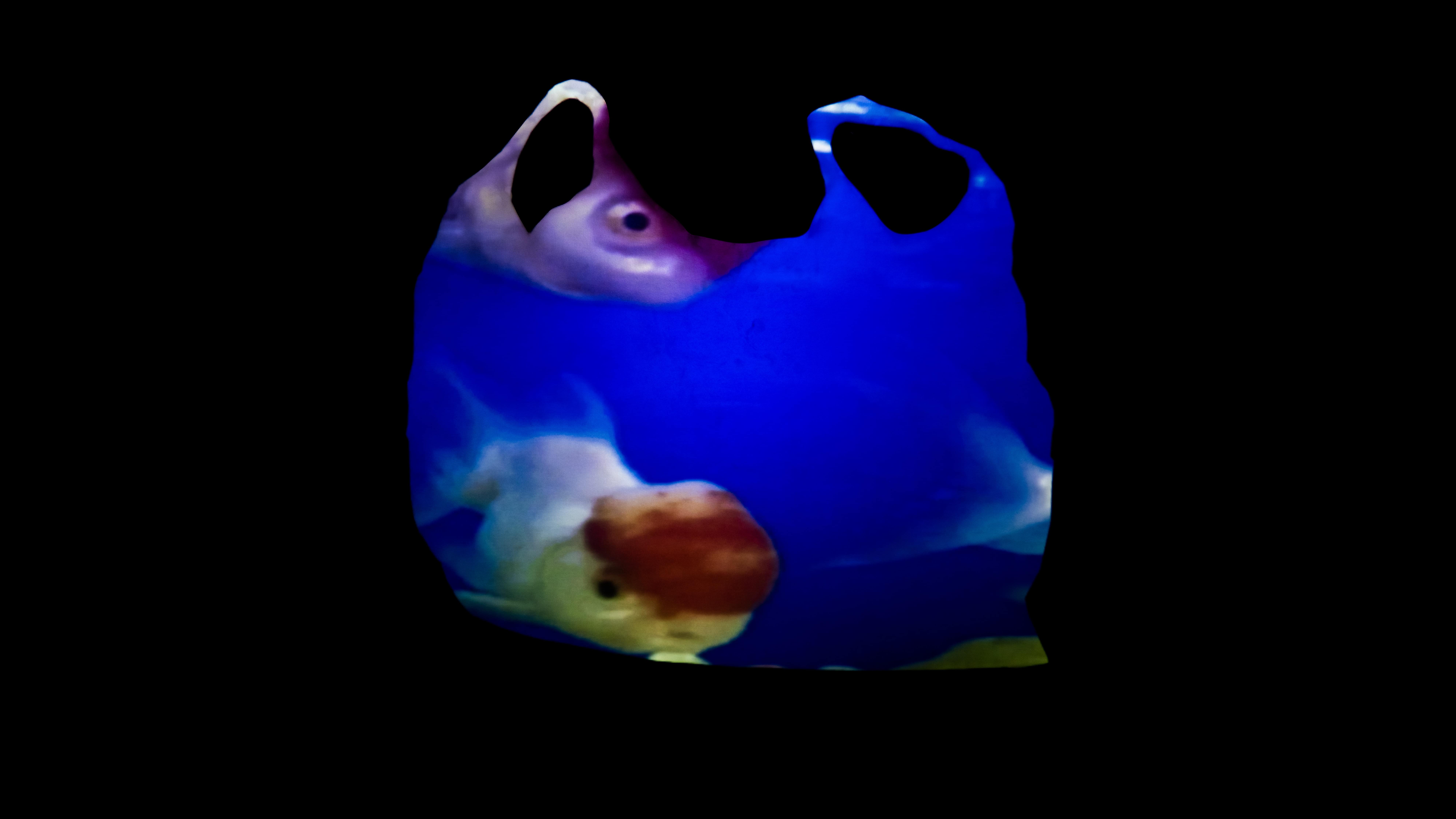
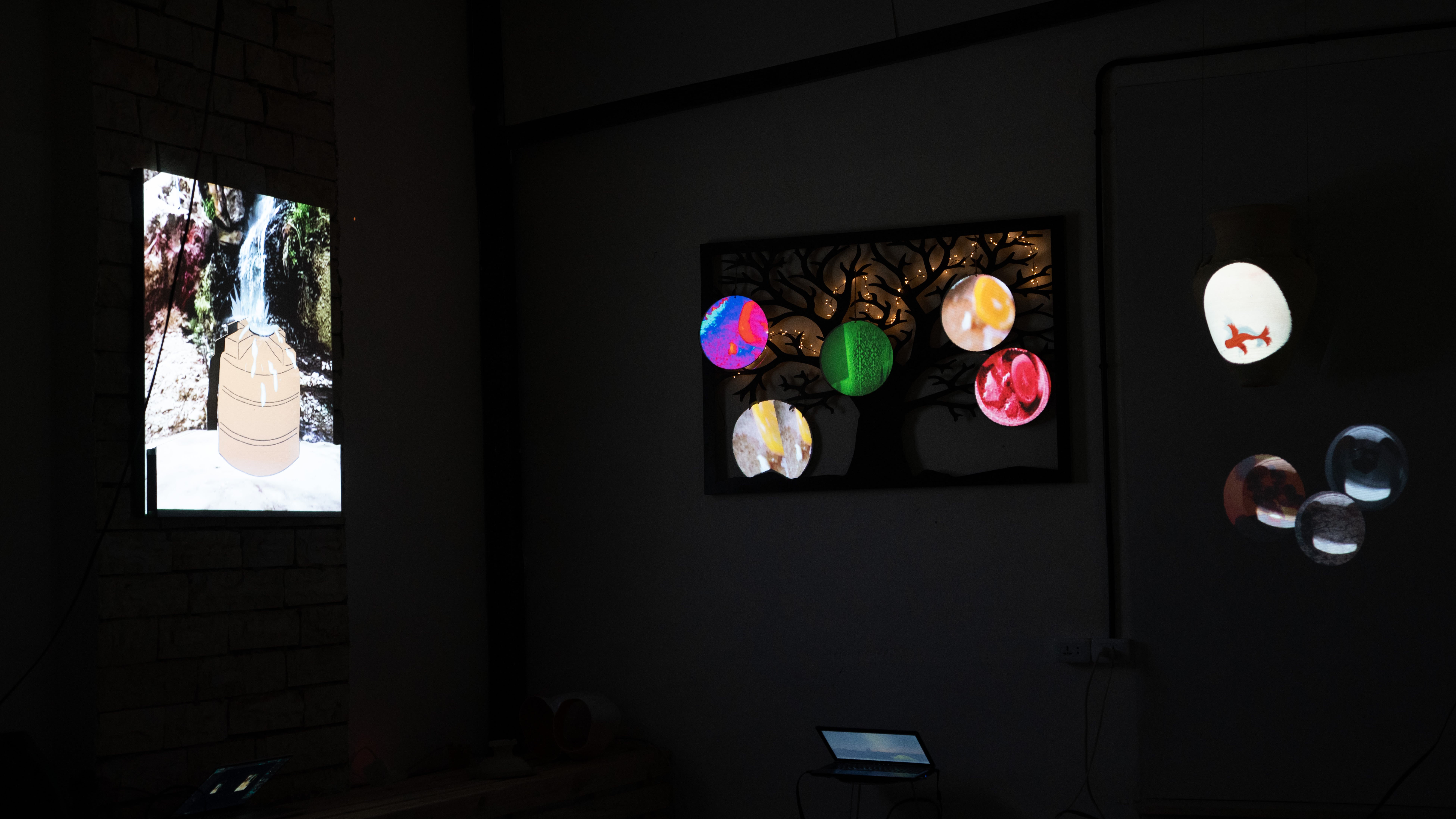
Maryam and Raghad’s project Valley of Color reflects on pollution and the impact it has on the integrity of revered water sources like Wadi Mujib. Nawal’s animation visualizes the errors in water transportation and leaky infrastructure.
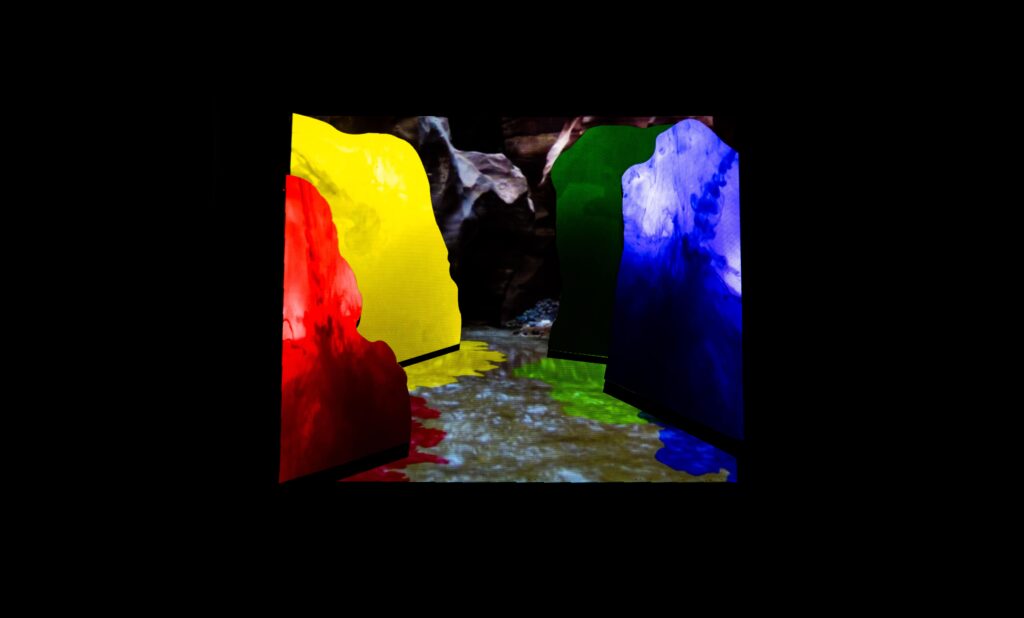
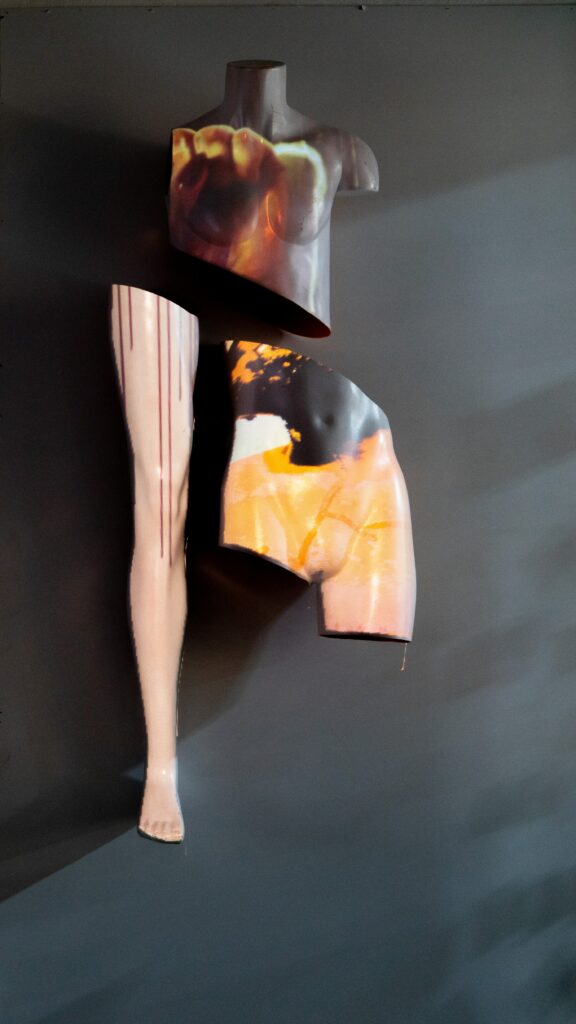
The constellation of works is moving. It is forward thinking, yet also reflective on regional traditions and the unique history of the many people who call Jordan home. Creating these works, like our ascent up the Wadi Mujib, was wild. We encountered many technical challenges, and learned quite a few skills in a short period of time. At times, the language barrier was frustrating, but we found ways to communicate when translation was challenging.
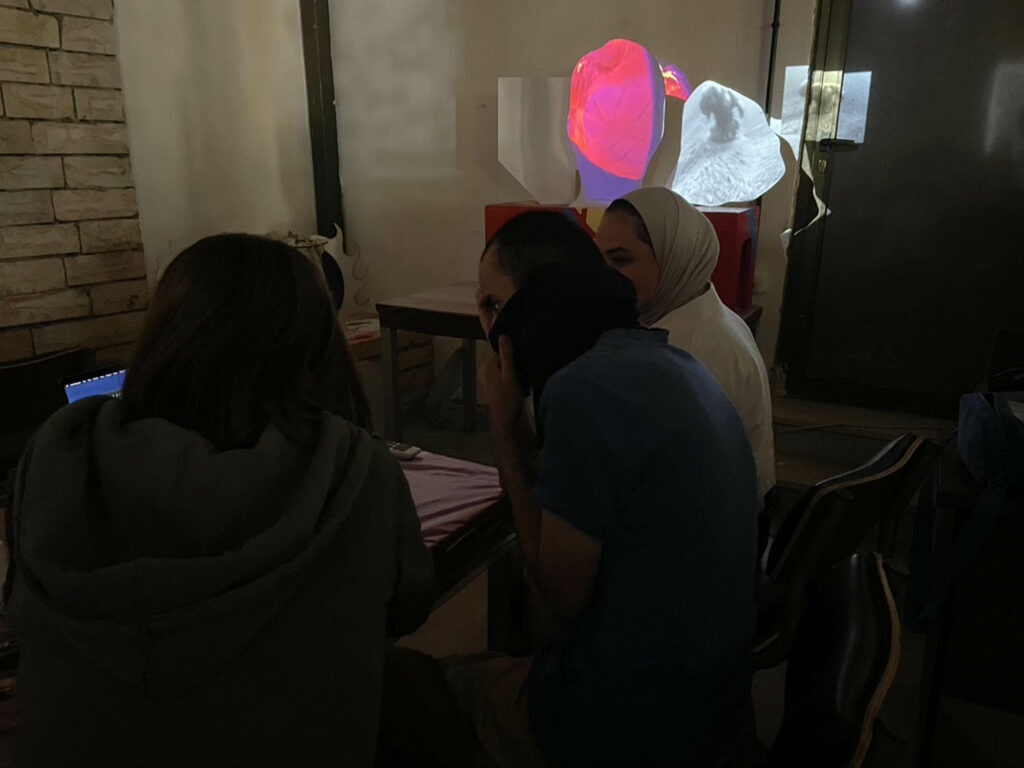
Participants learned from each other, assisting one another with projection mapping, ideas for fabrication of their final projects, and hanging the exhibition. This sort of exchange makes learning together rich; when students become teachers, and the typical hierarchy of knowledge production shifts. We all learned from one another, through skill sharing, story telling, and creative production. We all helped each other climb up and over the waterfall.
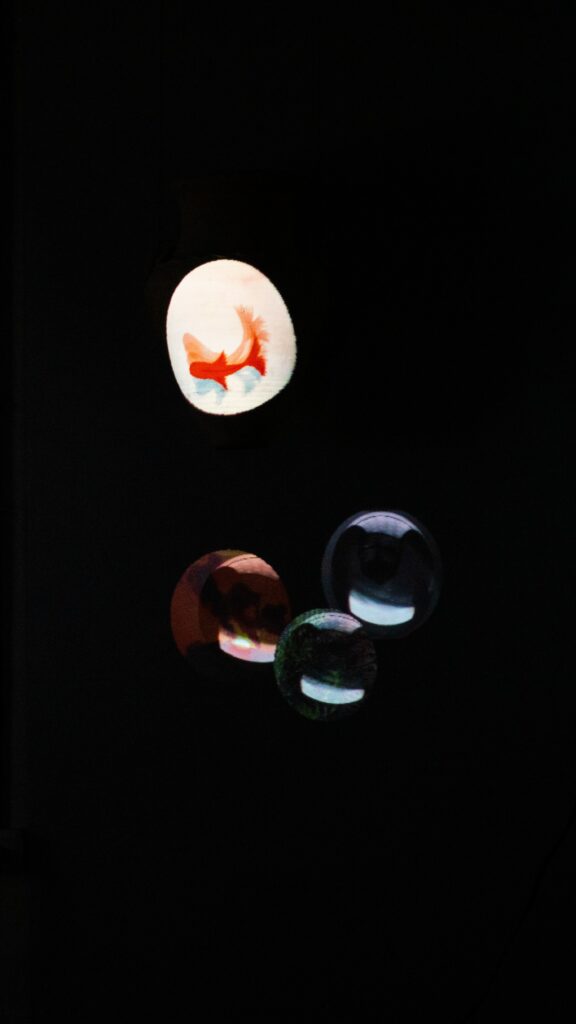
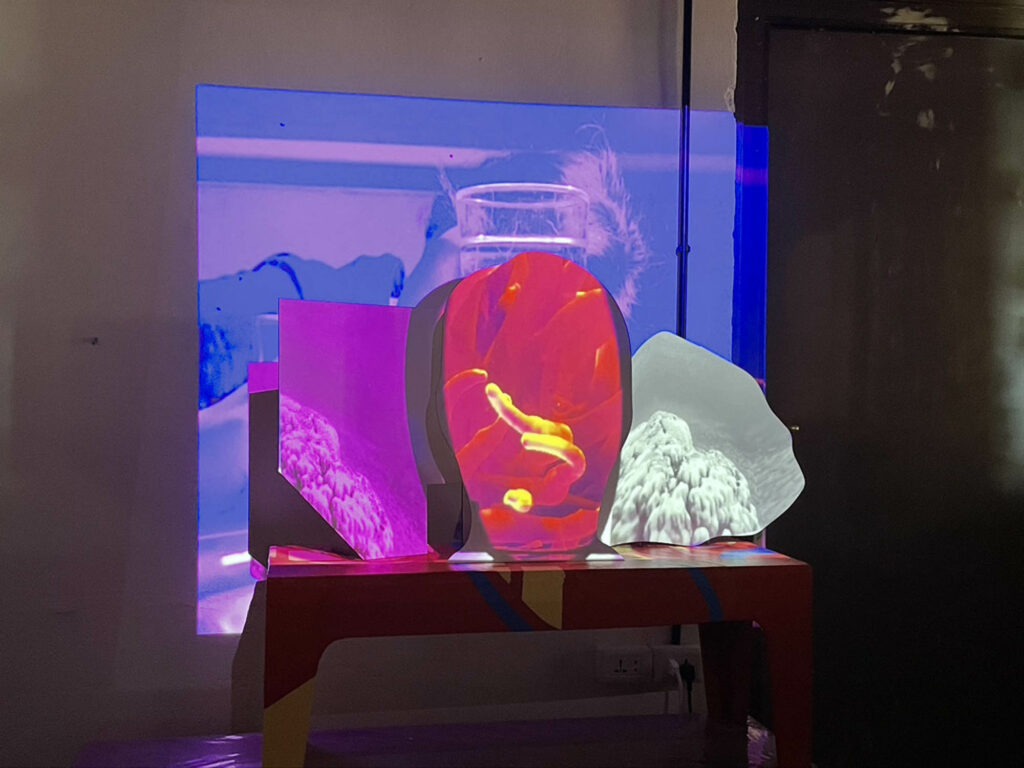
The spirit of our cohort and team at IDare and C-Hub allowed us to push forward through this wild process of collaborative creative production, and in the end create something invigorating. The projects were all exhibited together for the public and virtual guests. What is hidden behind them, is the strong bonds we all formed in moving through process: in learning together, in having new experiences together, in our meals and Google Translate conversations, and quiet moments looking at art.
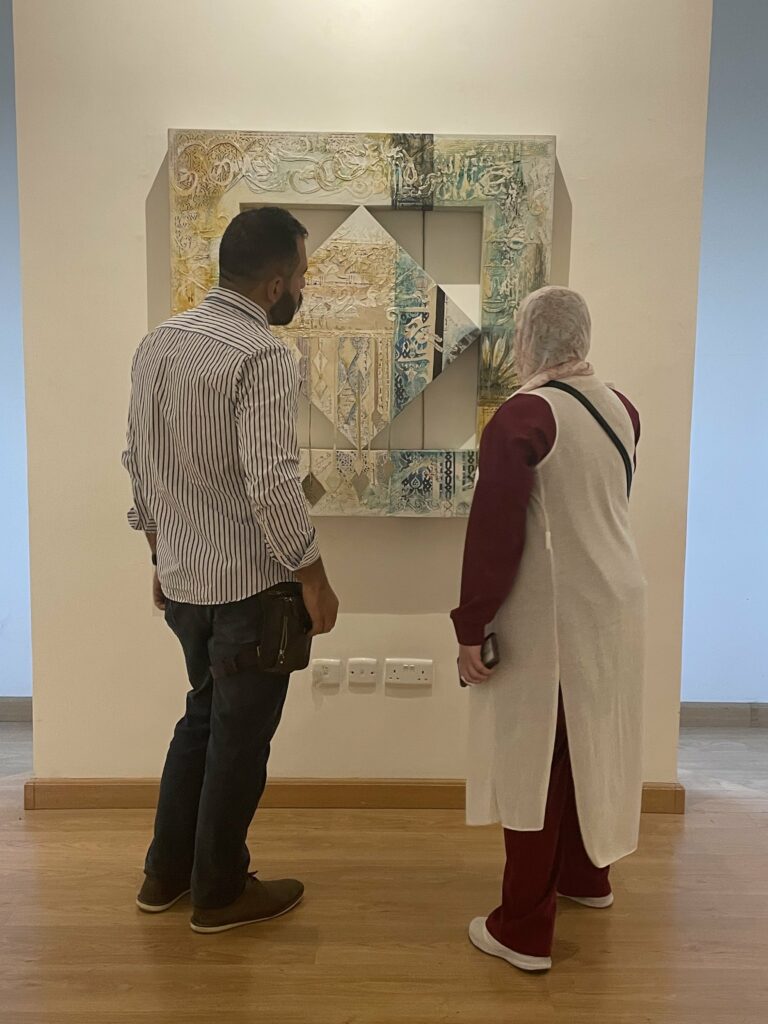
The participants presented their projects during an in-person final event at the C-Hub in Amman, Jordan. Shamsher Virk (ZERO1), SaraNoa Mark (guest artist + critic) and I joined in remotely. It was disheartening to experience the projects only virtually, but even at a distance, the pride both participants and our team at C-Hub took in the presentation of these ambitious works was palpable. The works are installed in a classroom modified to become a temporary gallery at the C-Hub, and project presentations took place in the makerspace adjacent to the artworks.
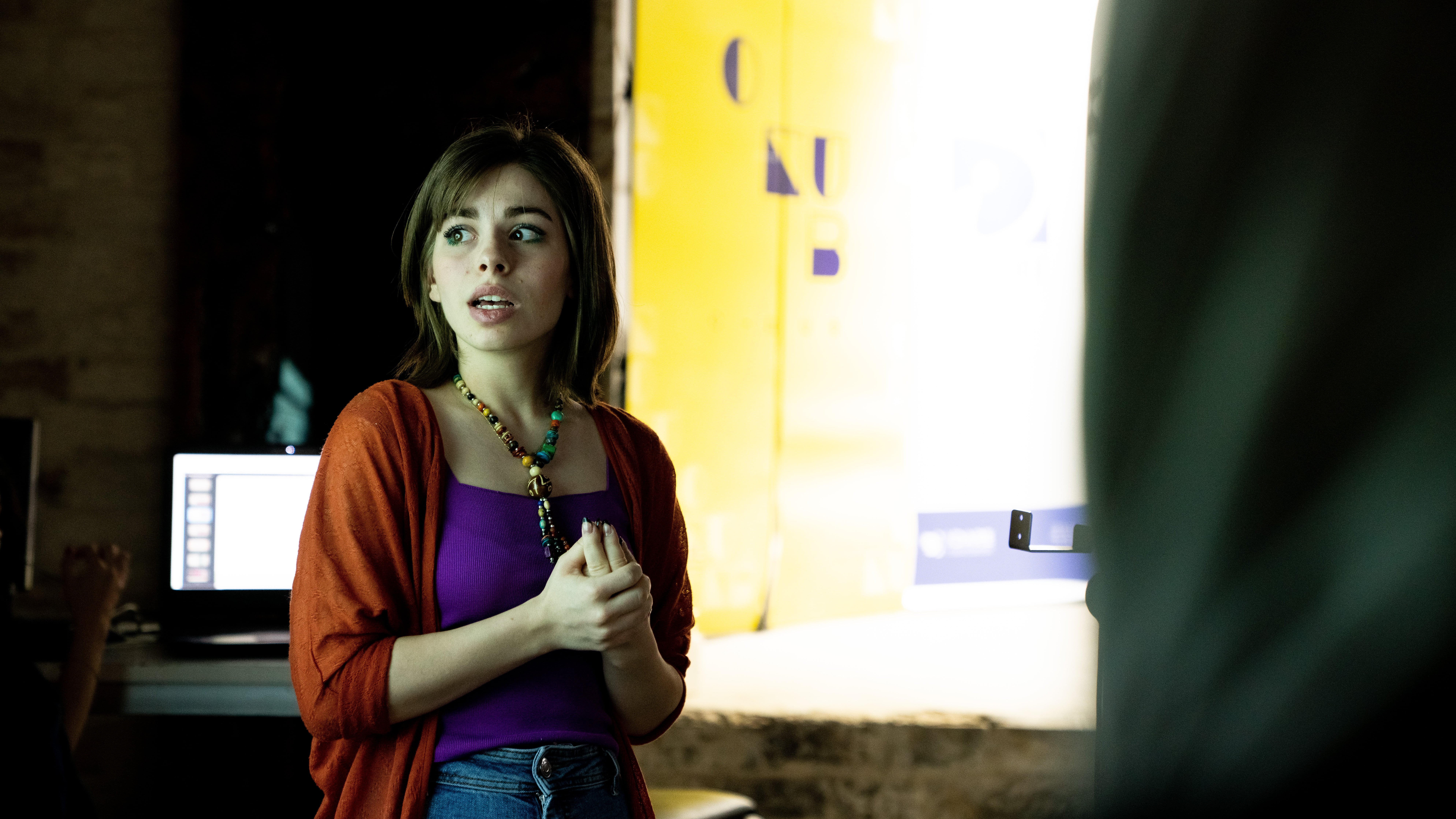
Participants shared the concepts, materials, and process of their pieces, as well as future plans for expanding upon these ideas or their creative practice.
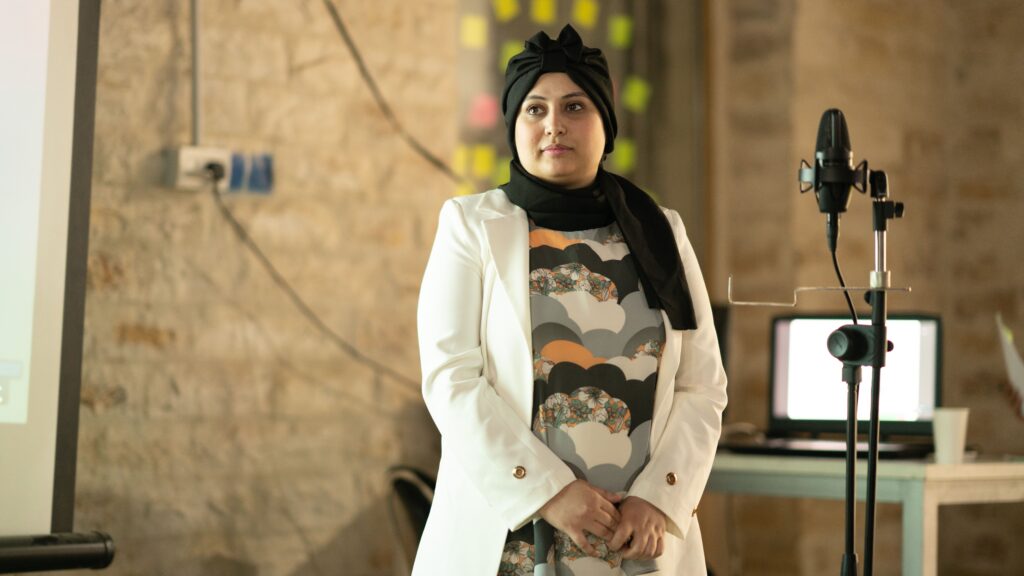
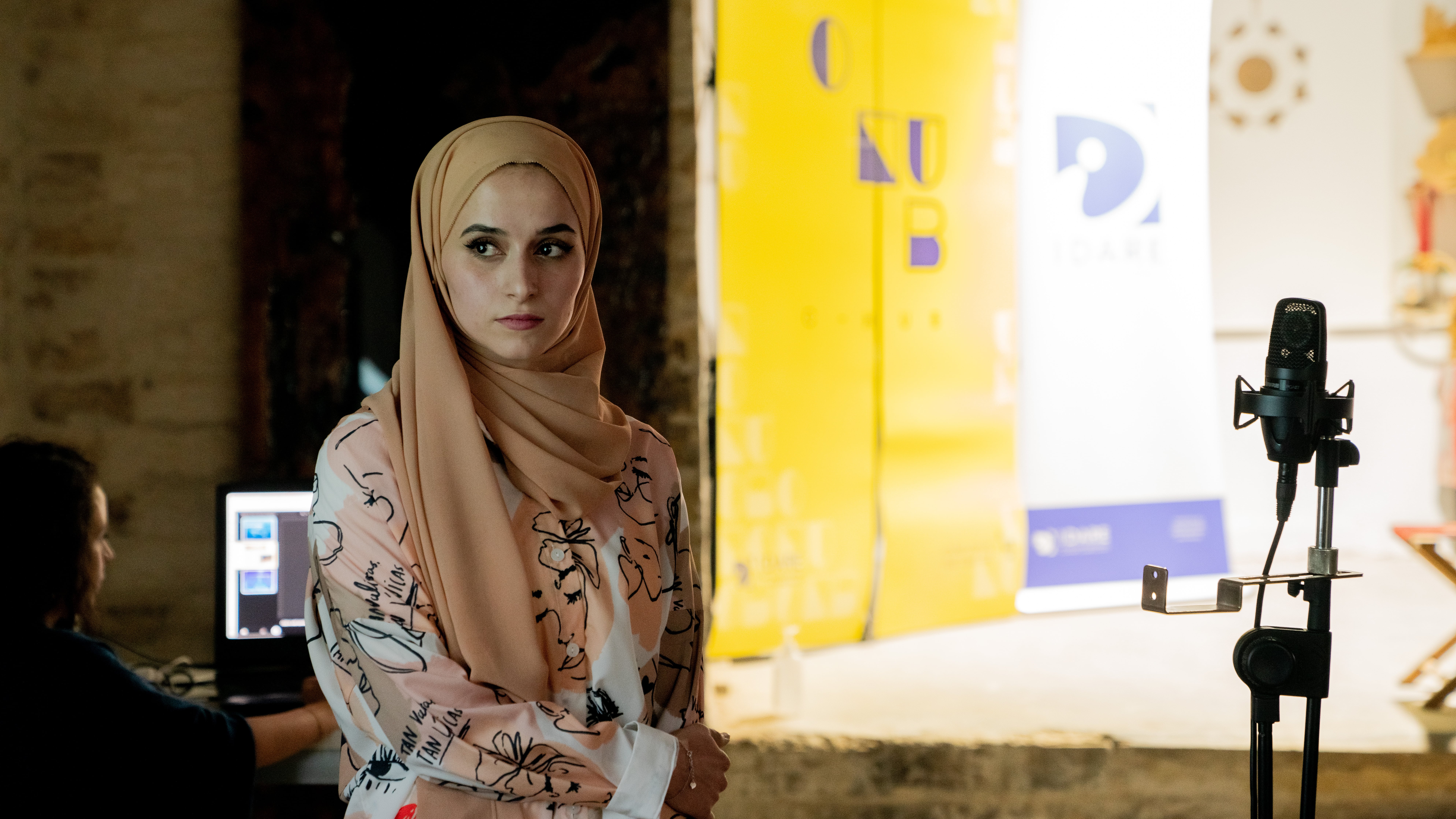
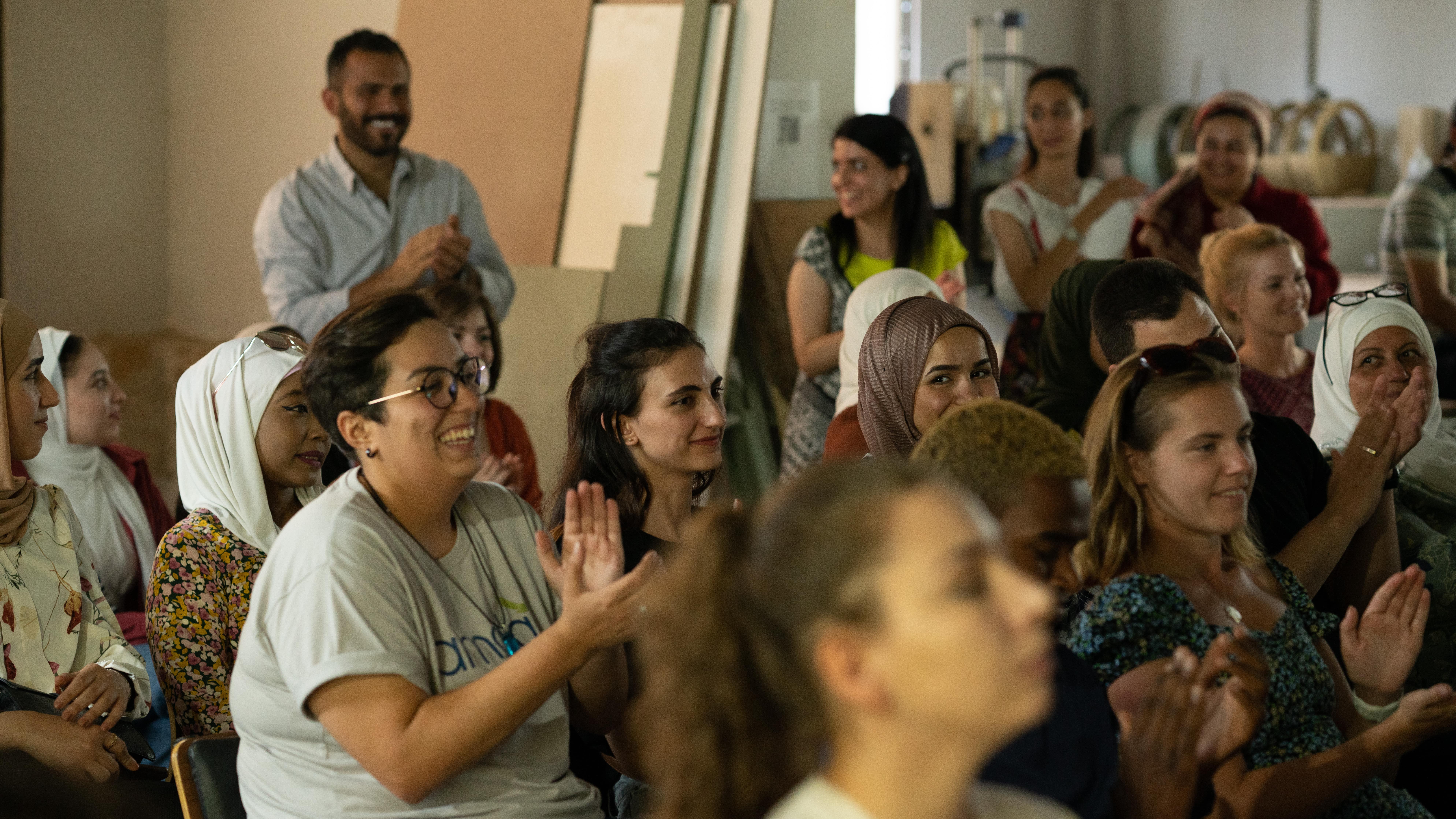
Guests to the C-Hub were able to share in this final and critical step of the artist's journey: public presentation. It is clear that the ideas and experiences we had together will live on, and many participants have been planning ways to continue and expand upon their projects. Hiba hopes to host her work in conjunction with a local symphony, Seem and Sanya hope to apply to an art exhibition with the piece. Raghad hopes to make a new work considering concepts around water sustainability. It is my personal hope that the collaborative relationships borne of this exchange will also live on, and that this was the beginning of something wild and invigorating, rather than a predictable end. The spirit of this exchange is what we can hope for in the face of global climate resilience: determination, follow-through, and invigorating collaboration.
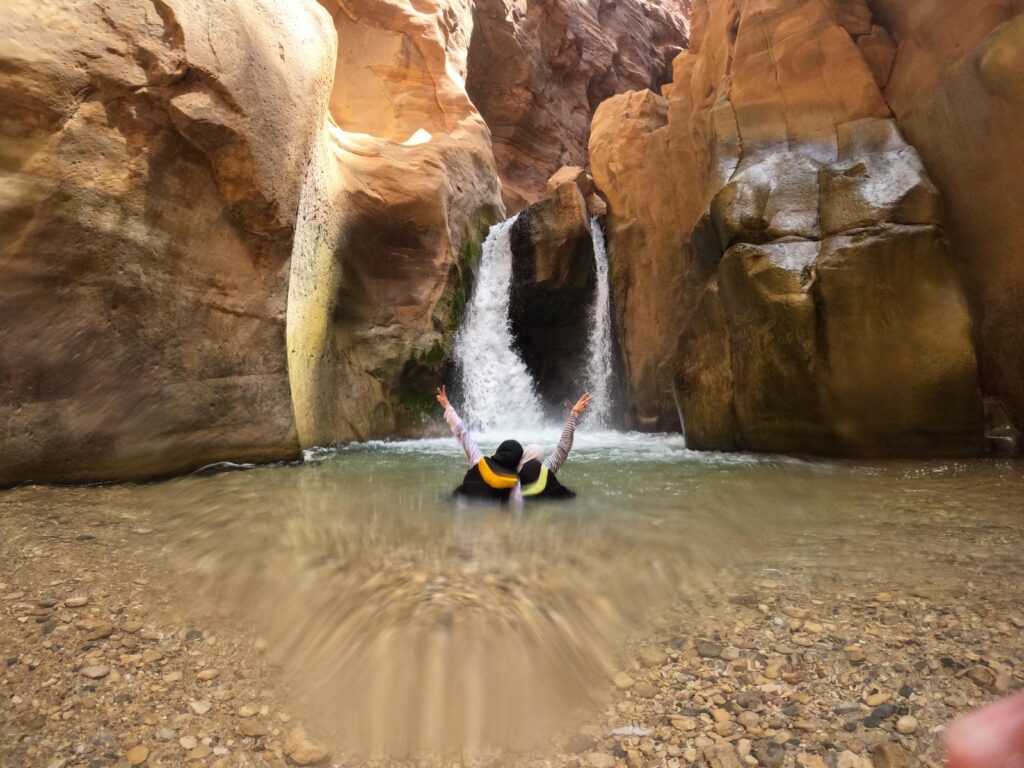
Feature image credit: Fishbowl, Sanya Qumuq and Seem Alsayeh. Photograph by Mohammad Saradeeh.